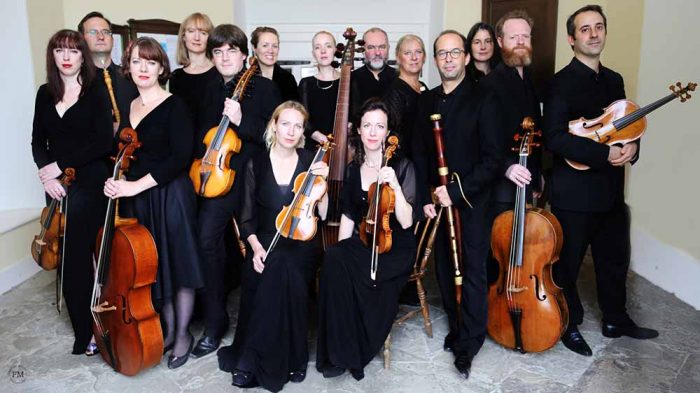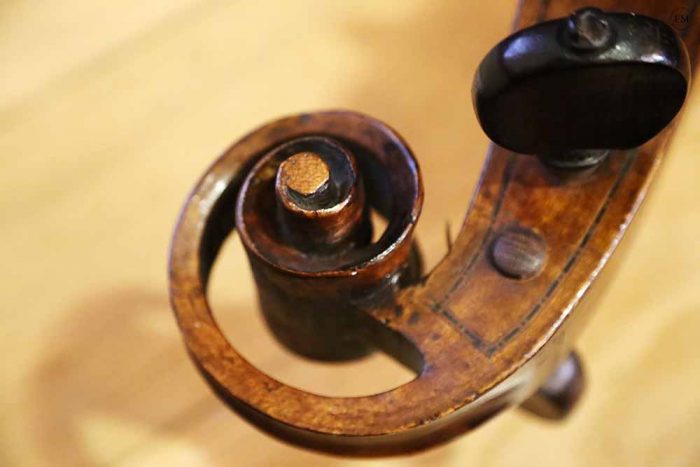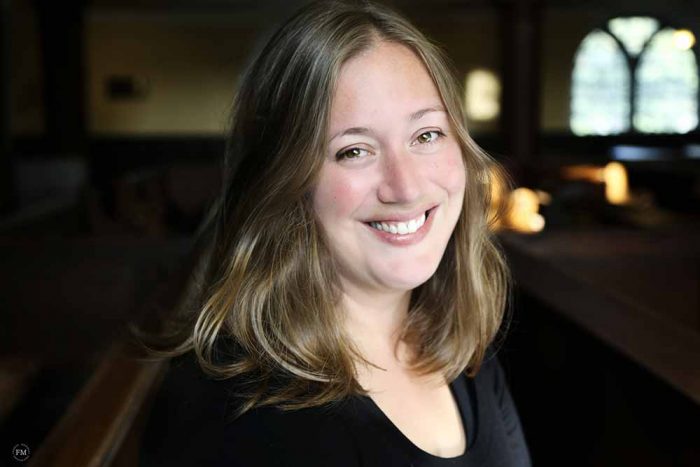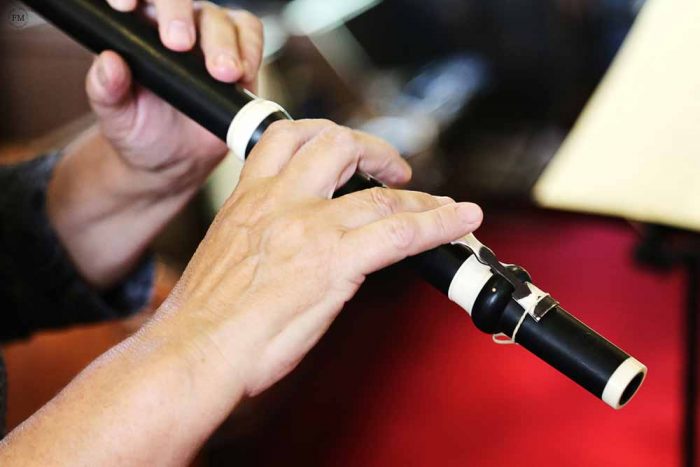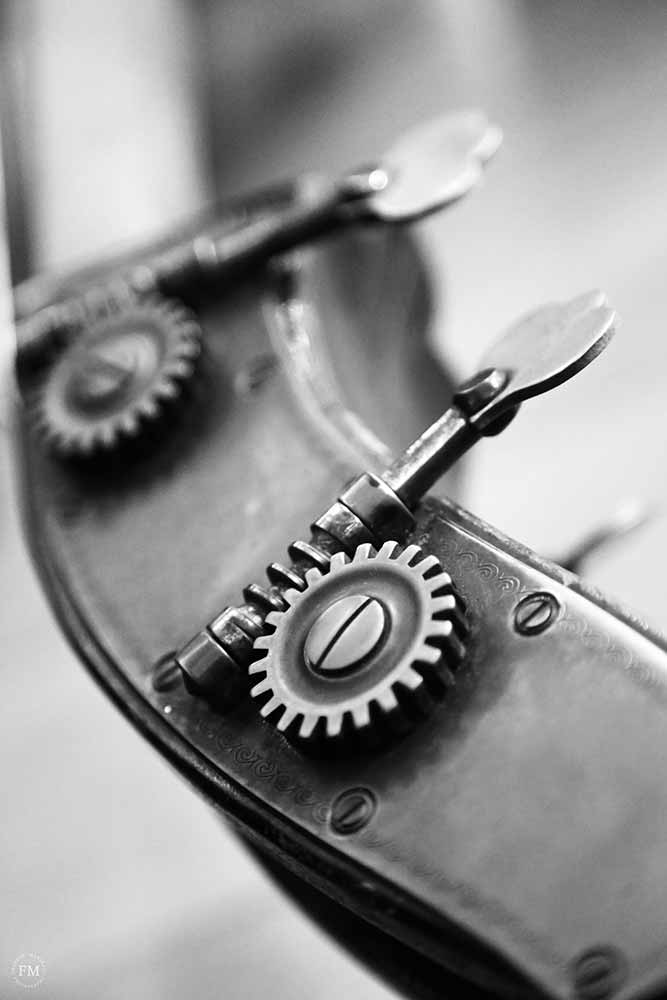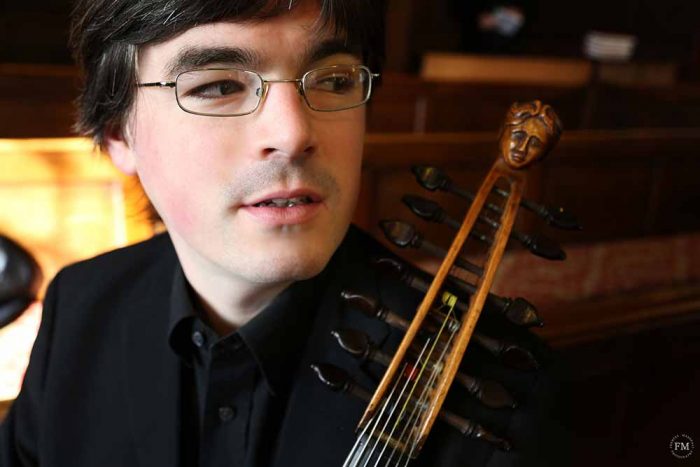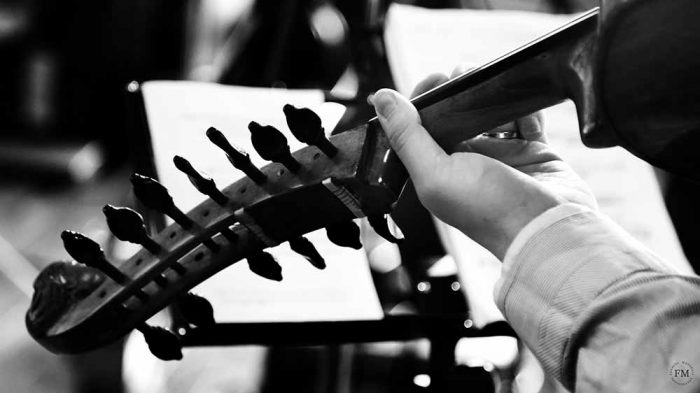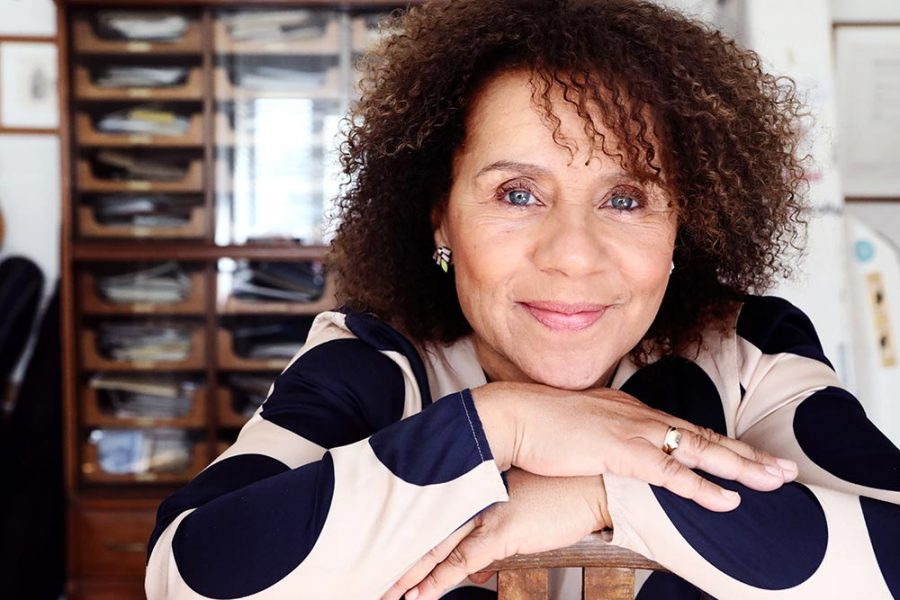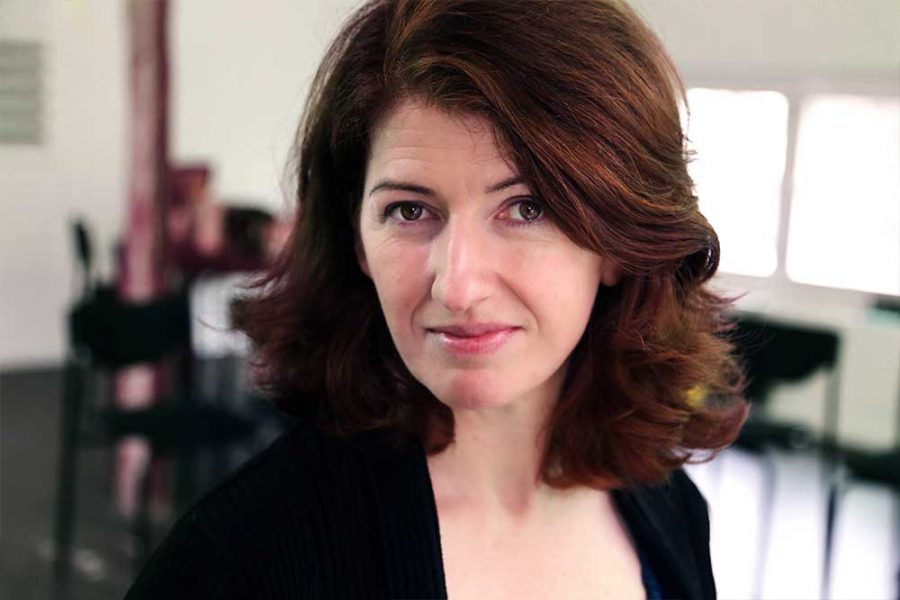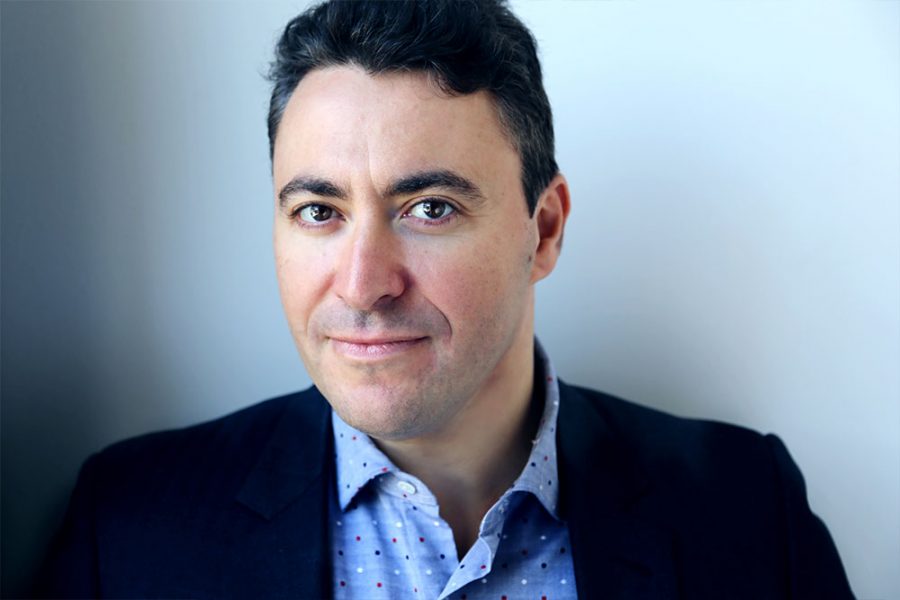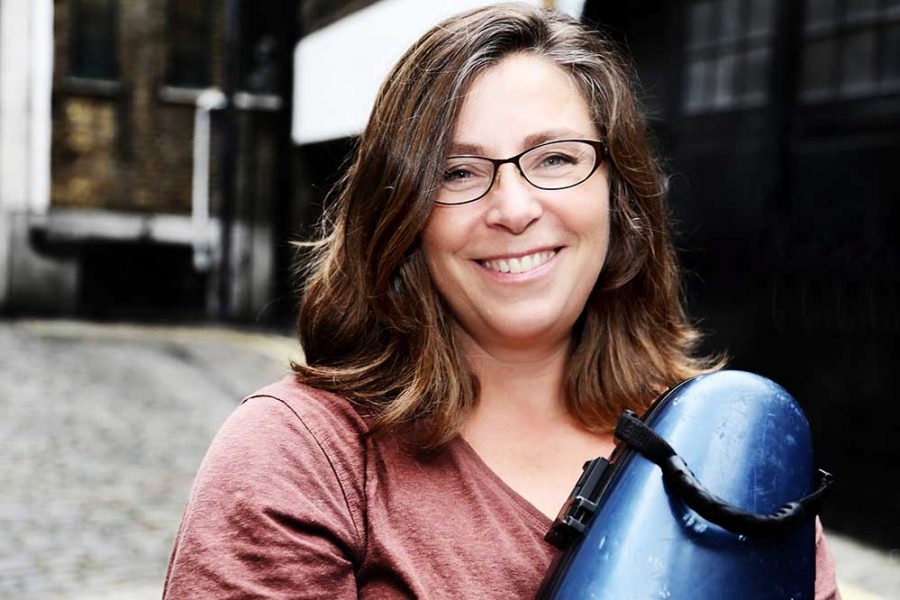Behind the Scenes: Irish Baroque Orchestra

February 2016
Words by
Emer Nestor
Photos by
Frances Marshall
Established in 1996, following a long association with Christ Church Cathedral Dublin, the Irish Baroque Orchestra has emerged as one of most highly respected ensembles within the competitive sphere of Early Music.
As the only professional period instrument orchestra in Ireland, its members strive tirelessly to highlight the beauty and relevance of the baroque repertoire within the eclectic tapestry of contemporary musical life. Stella Konik (Chief Executive Officer) notes that since its inauguration, the IBO has garnered critical acclaim both at home and abroad. She speaks glowingly of Artistic Director and violinist Monica Huggett whose “expertise in the musical and social history of the baroque era is really unparalleled”. Huggett speaks candidly to Final Noteabout the ethos of the IBO, her relationship with early music and the practicalities of curating instruments from the seventeenth and eighteenth centuries.
The instruments have a bigger variety of sounds and colours than modern instruments. It has a universal appeal."

Monica, as Artistic Director, how did you become involved in Early Music and what attracts you to the repertoire of this period?
As a student I was introduced to the baroque violin and immediately fell in love with the sound of gut strings. In the 1970s there was an explosion of interest in early music, and a lot of work making records and later CDs. I was in the happy position of being able to do what I loved, playing the baroque violin, and make a living. As a modern violin student I had never totally embraced the sound world of modern instruments. I felt a bit of a misfit. Using the historically correct instrument made more sense of the music to me. As the fifth of seven children in a musical family, I grew up surrounded by many different sorts of music. One of my brothers loved jazz…my mother and sisters loved singing and listened to Mozart operas and Brahms’ Requiem…another brother liked piano music and King Crimson and Blood Sweat and Tears…and I liked everything, including pop and rock. So I took to early music in just the same way…it is all just music to me. When it comes to the audience, baroque music has an immediacy, which speaks to people more easily than 19th-century romantic music. It is tuneful and rhythmic in a foot-tapping way. The instruments have a bigger variety of sounds and colours than modern instruments. It has a universal appeal.
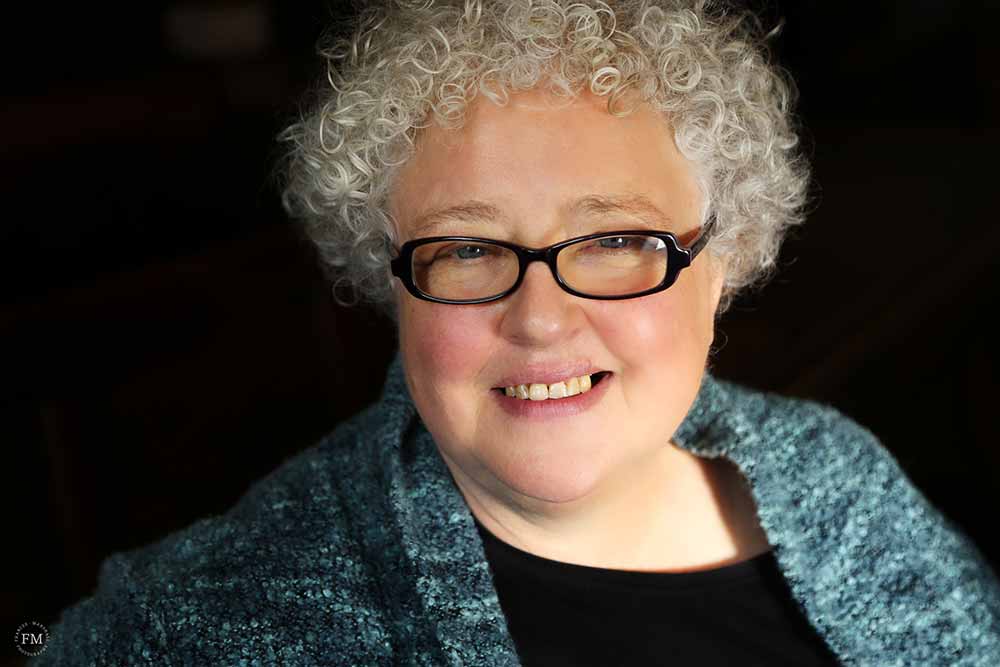
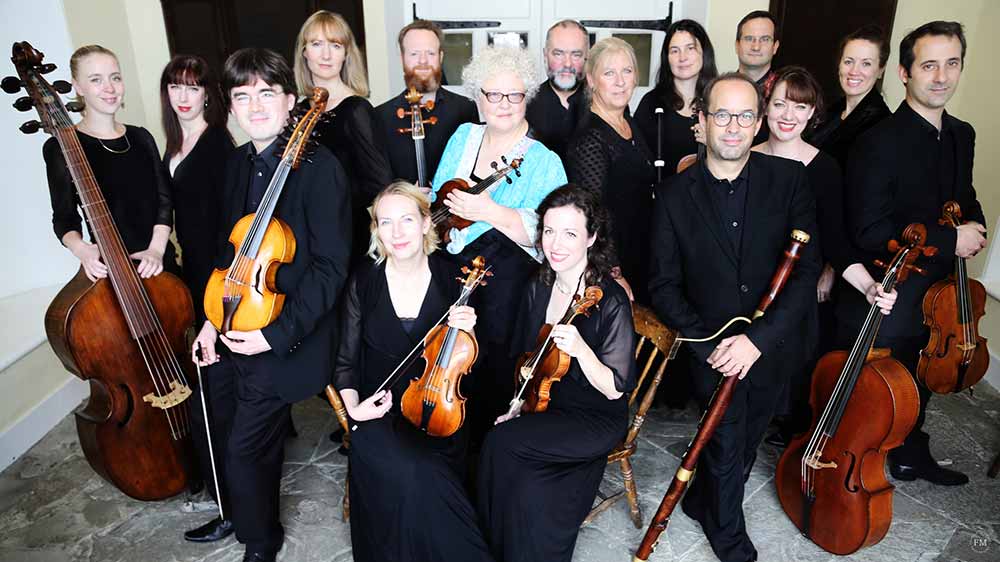


What makes the IBO stand out from the crowd within the current musical climate?
IBO has a very high level of individual talent. There are a handful of really good baroque orchestras, but IBO has a higher percentage of players who can stand up and deliver a really convincing solo. As Artistic Director, directing the IBO is like riding a thoroughbred horse. There is a lot of temperament but if you focus it in the right direction, then the results are electrifying.
How does the IBO go about cultivating new interest in the repertoire of the Baroque and early Classical periods?
Artistically, I like to keep things fresh; I don’t like an endless diet of Brandenburg Concertos and the Four Seasons! I am always looking for new repertoire; it keeps my fellow musicians and me alert, challenged and interested. We recently recorded a CD, which includes repertoire by Graupner, Heinichen and Fasch—not exactly household names—and called the CD, Concerti Bizarri, which conjures up something unusual but intriguing, and makes people curious. When it comes to programming new or unknown music, one has to be creative, engaging the audience and helping them overcome their suspicion of new things.


How did the branch of the IBO Chamber Soloists (IBOCS) come about?
As so much baroque repertoire is chamber music, it is natural that IBO would sometimes use an ensemble with a smaller disposition. The majority of seventeenth-century music is chamber music. The baroque orchestra came into existence well after 1650. To give a historically accurate performance of most seventeenth-century repertoire, you only need one musician per part. Eighteenth-century chamber music was often written for the purpose of entertaining one’s patron in their home. Duos, trios and quartets were written for kings, princes, counts archbishops dukes etc…, and for private concerts for their families. Sometimes the musicians would play in the bedroom to help the patron sleep!
Tell us about some of your beautiful period instruments.
Well, I personally have four violins! This is unusual but I find different instruments suit different repertoire. Generally, I like to use a late seventeenth-century Dutch instrument for earlier repertoire and a much larger 1750 Flemish violin for classical and romantic repertoire. I also have a large selection of bows so that I can suit the bow to the repertoire. The design of bows has changed more than the design of violins since the sixteenth century, so one needs a selection of different types.
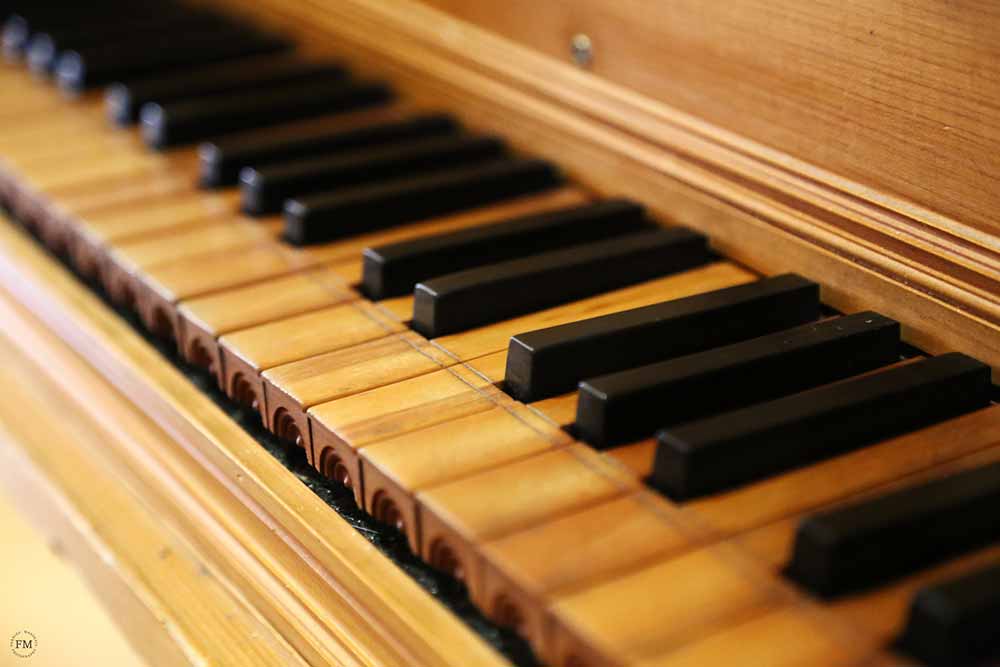
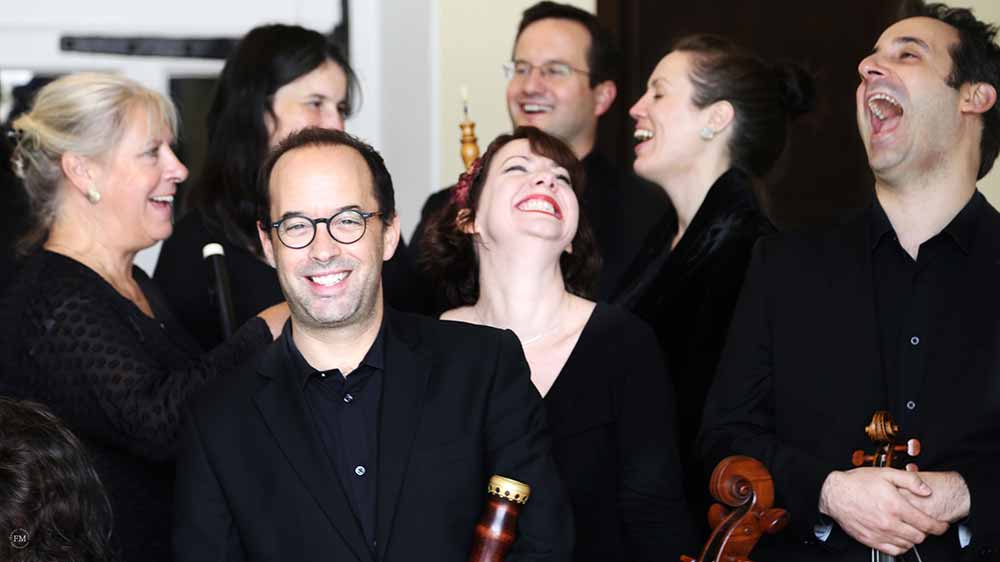


Early instruments need much more maintenance. In the case of baroque violin, just keeping the strings in good order takes constant diligence."

Looking after such instruments can be challenging — how do you deal with this?
Modern instruments have become so user-friendly that you don’t have to know much about how they work. You take them to a shop once or twice a year and get things fixed. Other than that, the instrument takes care of itself. Early instruments need much more maintenance. In the case of baroque violin, just keeping the strings in good order takes constant diligence. Gut strings wear out, either through playing a lot or from sweat from your hands if the weather or venue is hot. Sweat is full of minerals, which eats away at the gut so it eventually breaks. When you replace a string you need to inspect the new string before you put it on the violin to make sure it is fit for purpose.
Violinists use gut from cows or sheep and the quality is variable. Sometimes you will get a batch of strings that just break when you try to tune up. If you have a concert in 15 minutes, then that can be very scary. It is good to keep a string from another manufacturer or from a different batch to hand in case all your normal strings are duds…so you always need a good stock of strings. Pure gut strings stretch more than modern synthetic strings so you have to tune them more (which can irritate the audience), and all that tuning pulls on the bridge (which holds up the strings), making it tilt forward. If you are not constantly checking the angle of the bridge, it can go so far over that it will suddenly fall over completely, which sounds like a small bomb going off—very alarming!
If you had unlimited funding, what would you do?
I would like to do more programming within the classical and early romantic periods. Many people do not realise how much historical performance can transform later repertoire. Beethoven on period instruments is a revelation. The textures are so much clearer, the scherzos witty and elegant, the slow movements more intimate and expressive, and the big movements less bombastic. I would also like to do more opera. Mozart would be my first choice. Unlimited funding would open so many doors that it is impossible to imagine all that could be done! How about a new concert hall in Dublin—one built for our size orchestra? We need an 800-seater hall and that does not exist yet.
Are there any plans for future recordings?
As mentioned earlier, we have just recorded a CD of concertos, Concerti Bizarri, which will be released in April/May this year on the Linn label. I like this programme because it gives the Irish Baroque Orchestra the opportunity to use a lot of its orchestra members as soloists. The IBO is crammed full of wonderful musicians and they can fully inhabit the role of soloist in every way—technically, musically and charismatically. The disc also reveals some unknown jewels of eighteenth-century concerto writing. What I love about this music is the sheer beauty of the sound world…all the luscious colours and deep sonorities.
To find out more about the Irish Baroque Orchestra see: www.irishbaroqueorchestra.com
All content and imagery displayed within this article is subject to copyright.
Share this article



